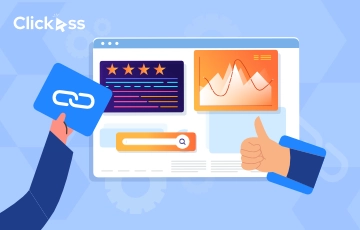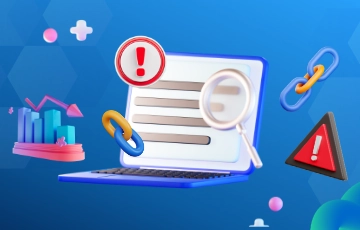![Backlink Profile: Analysis + [2 Perfect Examples]](https://clickass.io/wp-content/uploads/2024/01/Examples-of-Perfect-Backlink-Profile1.webp)
In the ever-evolving world of SEO, your backlink profile stands as a cornerstone of your website’s authority and search engine visibility. Understanding, analyzing, and optimizing this crucial element can dramatically influence your site’s ranking and online presence.
In this comprehensive guide, we’ll delve deep into the intricacies of backlink profiles, providing you with insights and strategies to enhance your website’s SEO.
Get ready to explore the realm of backlinks and unlock the potential of your site’s digital footprint.
What Is A Backlink Profile?
A backlink profile, essential for SEO, is a collection of inbound links from various online sources to your website. These links are pivotal in determining your site’s search engine ranking, as they signal the relevance, quality, and trustworthiness of your content.
A robust profile should include a diverse array of high-authority backlinks from respected industry sources, enhancing your website’s visibility and credibility.
Effective backlink profile analysis is a key component of SEO strategy, allowing you to assess the quality and quantity of your inbound links. This analysis helps in directing your link-building efforts towards acquiring more impactful high-authority backlinks, which can significantly boost your search engine rankings and increase online traffic.
Regular monitoring and updating of your backlink profile are vital. It involves removing low-quality links and incorporating new, valuable ones, ensuring continuous improvement in attracting web visitors.
By prioritizing a diverse and authoritative backlink profile, you can effectively enhance your website’s search engine performance and organic traffic.
Importance of a Strong Backlink Profile
A robust SEO backlink profile is essential for achieving success in search engine rankings. By having quality backlinks from relevant and reputable websites, your site’s credibility and authority increases. This improvement in reputation leads to better positioning in search engine results pages (SERPs), ultimately driving more organic and referral traffic to your site.
Backlinks serve as votes of confidence from other websites, and growing a strong SEO link profile is instrumental in gaining visibility and recognition for your brand.
It’s important to consistently nurture and maintain your backlink profile, as it has a significant impact on your website’s overall online presence.
To maximize the benefits of a strong backlink profile, make sure to employ search engine positioning strategies such as effective keyword research, proper on-page SEO, and targeted outreach efforts.
This way, you can ensure that your site remains visible, competitive, and authoritative in the ever-changing digital landscape.
What does a good backlink profile look like?
A good backlink profile is built on a foundation of high-quality, relevant backlinks from diverse and authoritative sources. These links should be a mix of dofollow and nofollow, with a majority being dofollow.
A healthy profile doesn’t have spammy or unnatural links, and the anchor text used is varied and relevant to your website’s content.
For example, a strong profile might have high-authority links from well-known websites within your niche, as well as some local or smaller sources.
This diversity indicates that your content is valuable and trustworthy in the eyes of search engines like Google.
When analyzing your backlink profile, pay close attention to the distribution of anchor text.
Overusing specific keywords or phrases can raise red flags, so aim for a natural balance of branded, generic, and targeted anchor texts.
By incorporating these elements into your backlink profile, you can improve your website’s authority and boost its ranking in search results.
What Does a Bad Backlink Profile Look Like?
Conversely, a bad backlink profile is akin to a garden overrun with weeds.
It’s marked by an abundance of low-quality, irrelevant links, often from spammy or dubious sources.
This type of profile might include paid links, links from non-relevant domains, or an unnatural overabundance of exact-match anchor text. Such a profile can harm your website’s credibility, potentially leading to penalties from search engines.
Regular backlink profile checks are crucial to identify and weed out these harmful links, ensuring your backlink landscape remains healthy and beneficial to your SEO efforts.
Where can I find my backlink profile?
To find your backlink profile, you can utilize several backlink analysis tools and software available. These tools will provide you with valuable information regarding the quality and quantity of backlinks pointing to your website.
1. Google Search Console
Google Search Console is a useful starting point for backlink profile analysis, offering a basic view of the backlinks to your site.
While it provides essential insights, be aware that it might offer a limited perspective.
For a more comprehensive analysis of your backlink profile, consider exploring additional tools that are mentioned below, which can offer broader and deeper analysis of your site’s backlinks.
2. Ahrefs
Another powerful backlink analysis tool is Ahrefs. With Ahrefs, you can check backlinks to any site, including followed and nofollowed links, as well as analyze anchor texts.
This software is especially useful for understanding the link profile of your competitors.
3. Majestic SEO
Majestic SEO is a specialized tool for in-depth backlink profile analysis. It provides comprehensive data on the quality and quantity of backlinks leading to your website.
This tool is known for its extensive link database and detailed reports, making it a go-to resource for understanding the strength and structure of your site’s backlink profile.
4. SEMrush
Lastly, SEMrush offers a comprehensive suite of tools for analyzing backlinks, determining anchor texts, and identifying unique referring domains. With its indexed pages tab, you can view which pages are the most linked to on your website.
By leveraging these backlink analysis tools, you can effectively optimize your website’s presence in search results and gauge the impact of your SEO efforts.
Why Should You Conduct a Backlink Profile Analysis?
Conducting a backlink profile analysis is crucial for understanding your site’s authority and ranking potential in search engine results.
By evaluating the volume and quality of links pointing to your website, you can identify valuable backlinks and spot unnatural or spammy links that may result in a Google penalty.
Analyzing your competitors’ backlink profiles can reveal link opportunities you might be missing and provide insights for your own link-building strategy.
Properly managing your website’s backlinks not only helps improve its search engine performance but also maintains its reputation and credibility.
What should you look for in a backlink profile analysis?
When analyzing your backlink profile, certain factors can help you determine its strength and effectiveness in improving your website’s SEO.
The following subsections outline the most relevant aspects to consider during a backlink profile analysis.
1. Total Backlinks
The total number of backlinks is a fundamental metric in any backlink profile analysis. It gives you a quantitative overview of how many external pages link to your website.
While a higher number of backlinks can be beneficial, it’s crucial to focus on their quality. A backlink profile bloated with low-quality links can do more harm than good. Therefore, while conducting a backlink profile check, aim for a balance between quantity and quality.
High-quality backlinks from reputable and relevant sources are far more valuable than a large number of poor-quality links.
2. Referring domains must be “Unique”
Unique referring domains are a critical factor in a healthy backlink profile. This metric refers to the number of distinct domains that link to your website.
The diversity of your backlink profile is crucial, as links from the same domain have diminishing returns.
A varied set of referring domains indicates a broad recognition of your website’s authority across different sources. When you check your backlink profile, look for a wide range of unique domains, which suggests a natural and robust link profile.
This diversity not only strengthens your SEO but also helps in mitigating risks associated with search engine algorithm updates.
3. Take a look at backlink velocity
When analyzing your backlink profile, it’s important to consider backlink velocity, or the rate at which your website gains new backlinks.
Steady growth indicates rising popularity and authority, while sudden spikes or drops can signal potential issues.
For insights on amplifying link velocity effectively, check out my LinkedIn post on strategies to increase link velocity exponentially.
This can provide valuable tactics for maintaining a healthy and credible backlink profile, which is vital for your long-term SEO strategy.
4. Organic Traffic of Referring Domain – no fluctuations
The organic traffic of referring domains is a significant indicator of backlink quality.
High-quality backlinks typically come from domains with stable and substantial organic traffic. These domains are likely to be authoritative and trusted by search engines.
When conducting a backlink analysis, examine the traffic trends of the referring domains. Steady or increasing traffic patterns are preferable, as they indicate healthy and reliable sources. Fluctuating or declining traffic can be a warning sign, suggesting that the domain may not be a valuable or stable source of backlinks.
Reliable backlink analysis software can provide insights into the traffic trends of referring domains, helping you assess the overall quality of your backlinks.
5. Topical Relevance of Referring Domain
Topical relevance is another crucial aspect of a strong backlink profile. It refers to the alignment between the content of the referring domain and your website’s niche.
Links from topically relevant domains are more beneficial, as they are likely to be more valuable to your audience and more meaningful to search engines. During your backlink profile analysis, evaluate the relevance of the domains linking to your site.
Relevant backlinks not only improve your SEO but also drive targeted traffic to your site.
Irrelevant backlinks, on the other hand, can dilute your profile’s effectiveness and may even harm your SEO efforts.
Therefore, prioritizing topical relevance in your backlink research is key to building a robust and impactful backlink profile.
6. Take a look at varying anchor texts
Anchor texts, the clickable words in a hyperlink, play a significant role in your backlink profile. A diverse range of anchor texts suggests a natural and healthy backlink profile.
When analyzing your backlinks, look for a mix of branded, generic, exact match, and partial match anchor texts. This variety indicates that different sources are linking to your content in a natural and organic manner.
Over-optimization of anchor text, such as using the same keyword-rich phrases repeatedly, can be perceived as manipulative by search engines and should be avoided.
A balanced and varied anchor text profile contributes to a more effective and trustworthy backlink profile, enhancing your website’s SEO.
7. On-Site Link Location
The location of a link on the referring page can impact its value. Links embedded within the main content are generally more valuable than those in footers, sidebars, or headers. This is because in-content links are likely to be more contextually relevant and engaging for readers.
During your backlink profile analysis, pay attention to where your backlinks are placed on the referring pages. Links that are strategically placed within relevant and high-quality content indicate a more valuable backlink.
On the other hand, links in less prominent positions may not contribute as significantly to your website’s authority and search engine rankings. Assessing the on-site link location is an important step in understanding the effectiveness of each backlink in your profile.
8. Content Surrounding the Link
When delving into backlink profile analysis, pay close attention to the content surrounding each link. This aspect is crucial because it provides context, indicating the relevance and value of the backlink to your site. Imagine backlinks as endorsements; if they’re nestled in high-quality, relevant content, they signal to search engines that your website is a valuable resource within that niche.
When analyzing your backlink profile, consider a scenario where your main anchor is ‘employee recognition software.’ In this context, effective backlink should be embedded in content rich with related keywords and concepts, such as ‘recognition,’ ‘360-degree recognition program,’ ’employees,’ and ‘rewards.’ This surrounding content will naturally complement your main anchor, enhancing its relevance and authority.
For a practical understanding, check out the real scenario below, illustrated by a screenshot of a blog.
This visual example will give you a clearer picture of how an ideally placed backlink within contextually relevant content can significantly boost your link’s effectiveness and overall SEO strategy.
9. Toxic Backlinks
Toxic backlinks are the unsavory side of your backlink profile, often doing more harm than good.
These are links from dubious sources or low-quality websites that can significantly harm your site’s SEO ranking. They’re like bad company, potentially leading search engines to believe that your site is also of low quality.
Identifying and addressing these toxic backlinks is essential in maintaining a healthy backlink profile. Look for signs like links from spammy or irrelevant websites, links embedded in poor-quality content, or those coming from sites that have been penalized by search engines.
Remember, in the world of backlinks, quality triumphs over quantity. It’s important to regularly monitor and clean your backlink profile of these harmful links to safeguard your site’s reputation and search engine standing.
Note on Metrics: While we’re on the subject of backlink quality, let’s bust a myth. Relying solely on metrics like Domain Authority (DA) and Page Authority (PA) to gauge backlink quality is like judging a book by its cover. These metrics, often considered the be-all and end-all, can be misleading. They don’t necessarily reflect how search engines view your site. So, while they might give a general idea, they’re not the definitive yardstick for backlink quality. Focus more on the relevance, context, and the actual content quality of the linking sites. That’s where the real treasure lies!
Examples of “Perfect” Backlink Profile
1. Hive
Credits: Devansh Parashar
2. CloudTalk
Site overview
“ideal backlink profile” factors:
1. more do follow & from high authority sites links:
2. Less no follow links:
3. Better Diversified Anchor Texts:
Conclusion
Having a strong backlink profile is crucial for your website’s SEO success. It’s important to focus on getting backlinks that are high-quality, relevant to your content, and from a variety of sources. This approach can really help improve how well your site ranks in search results.
As you contemplate these factors in building your backlink strategy, consider taking the next step towards enhancing your site’s performance.
If you’re aiming to elevate your SaaS website’s backlink profile, a personalized consultation can offer tailored link-building strategies for exponential growth.
Don’t miss this opportunity; book a call with me today to transform your backlink approach and drive significant results.
Frequently Asked Questions (FAQs)
1. Are there any common issues in a backlink profile to watch out for?
Yes, some common issues to watch out for in your backlink profile include spammy or low-quality links, an imbalance of dofollow and nofollow links, and too many links from unrelated or irrelevant websites.
It’s important to regularly monitor and analyze your backlink profile to identify potential problems and take corrective action.
2. Can a poor backlink profile harm my website’s ranking?
A poor backlink profile can indeed harm your website’s search engine ranking. Search engines, such as Google, use backlinks as a key factor in determining the quality and authority of a website.
Having a high number of low-quality or spammy backlinks can lead to penalties and lower rankings. Identifying and resolving these backlink profile issues is crucial for maintaining your website’s reputation and performance.
3. How often should I assess and update my backlink profile for SEO?
Regularly assessing and updating your backlink profile is crucial. Aim for at least a quarterly review to stay on top of your SEO game.
About The Author
Dhruv Mehta
Dhruv Mehta is a SaaS link building expert with a passion for demystifying digital strategies. Join him on a journey through insightful SaaS SEO and Link Building Insights, where he transforms digital novices into confident navigators of the online world.
Table of Contents
ToggleRelated Posts
Unlocking the Power of Reciprocal Links in 2024: Strategies for SEO Success
13 Link Building Challenges & How to Overcome Them
16 Link Building Mistakes to Avoid in 2024
What Are PBN Backlinks? (And Why You Shouldn’t Use Them)
Analyzing Your Backlink Profile for SEO & 2 Perfect Examples
10 Ways to Index Backlinks Faster in 2024
Nofollow vs. Dofollow Backlinks: Understanding Their SEO Implications
Tiered Link Building: Everything You Need to Know
Skeptical About Forum Backlinks? Here’s What You Need to Know
Backlink Management in 2023: 10 Ways to Track and Organize Your Backlinks
What is Link Equity and How Is It Determined?
Link Building 101: Master The Basics and Beyond
The Power of Backlinks: Why They Are Essential for SEO Success
Link Insertion: How to Do it with $0 Investment?
Everything You Need to Know About Link Farming
9 Underrated Techniques to Get High Authority Backlinks in 2023
Doorway Page Explained: Ultimate Effects on SEO And Rankings
Top of Funnel Marketing For SaaS: Strategies, Measurement, and Examples
Link Building Outsourcing: The Definitive Guide [2023]
How Niche Driven SEO Can Uplift Your Client’s Rankings?
8 Cost-Effective Ways to Get You Higher Search Engine Rankings
Does CTR Manipulation Really Work?
An Ultimate Guide to Growth Marketing

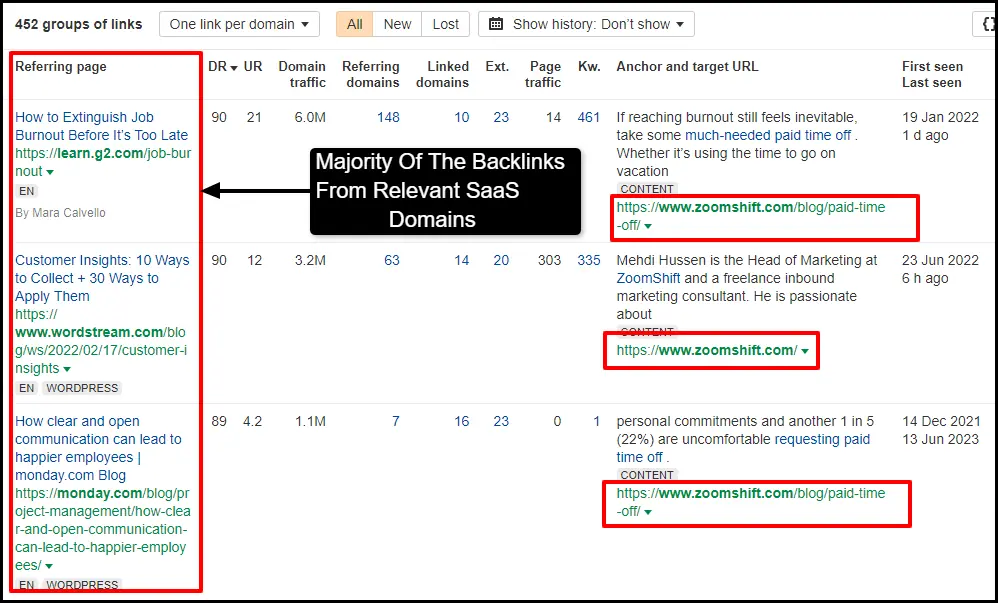
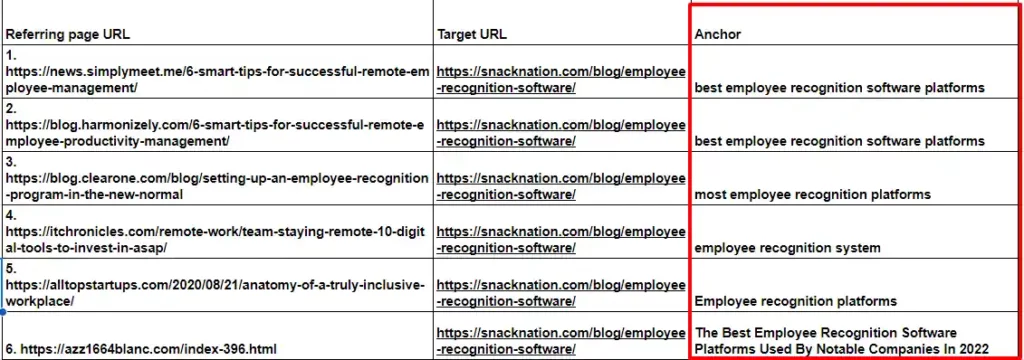
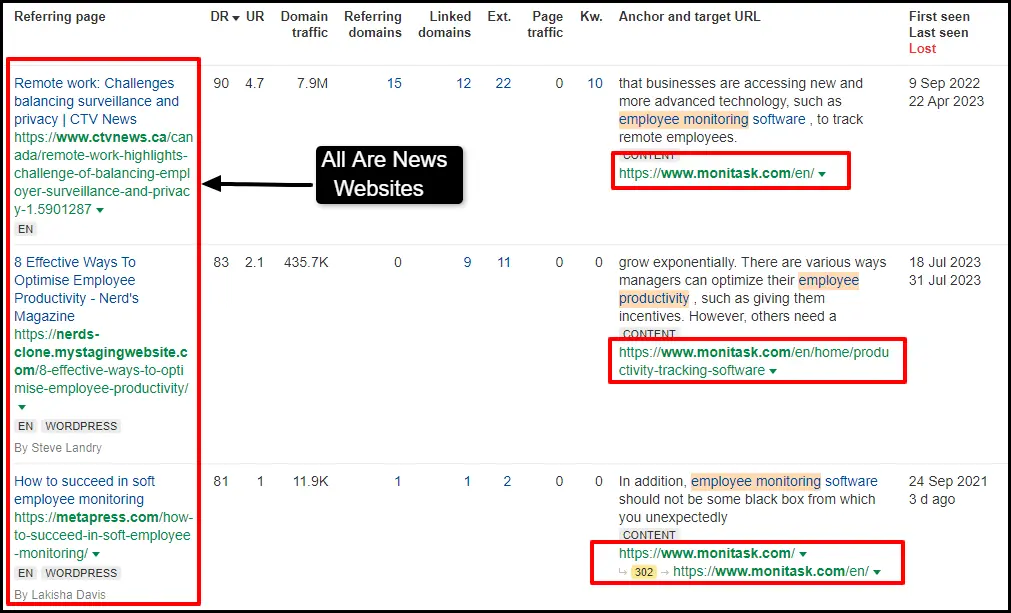
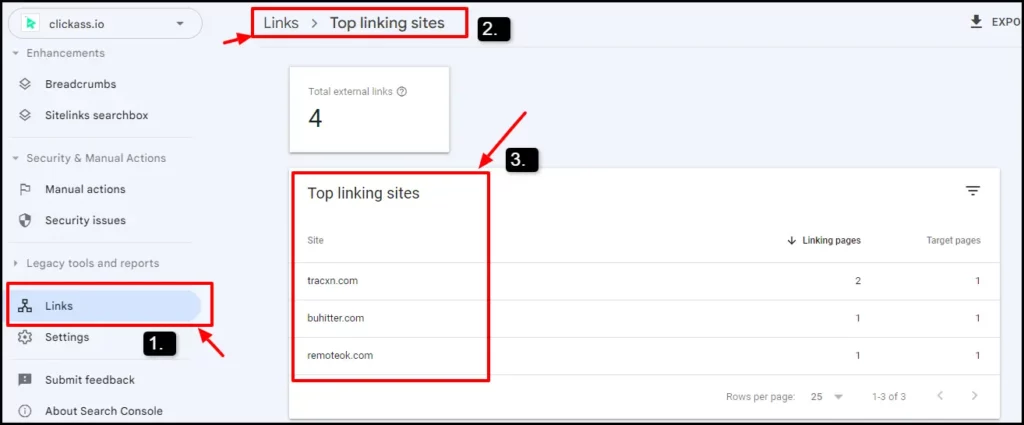
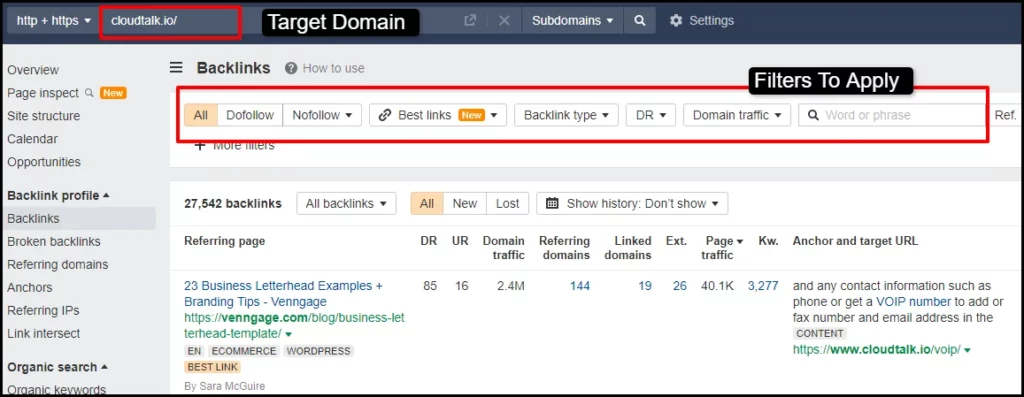
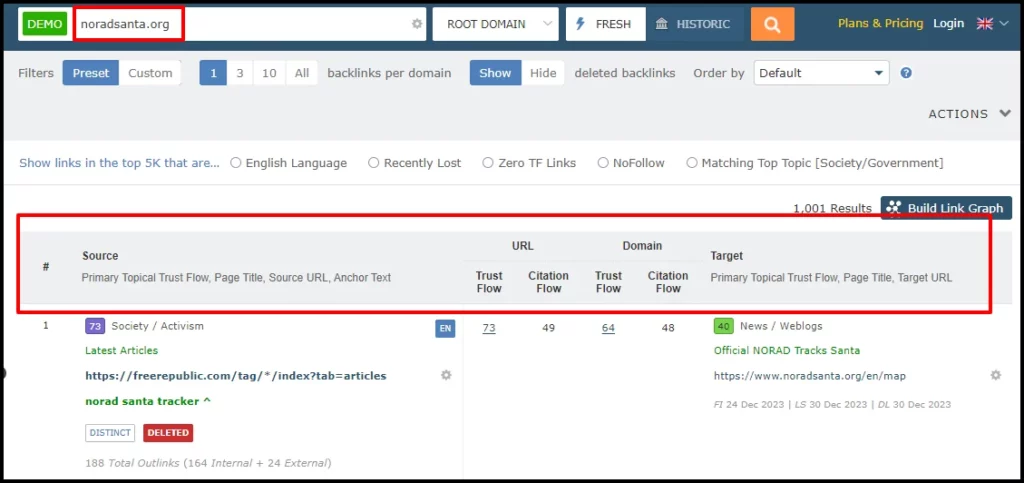
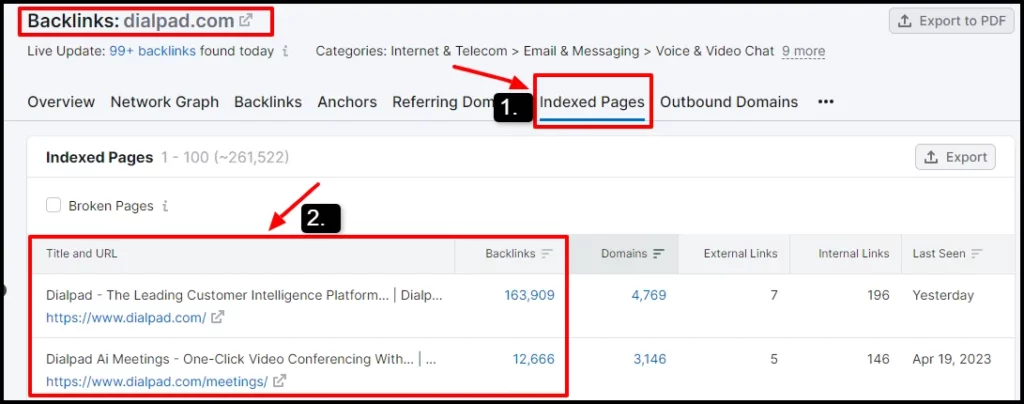
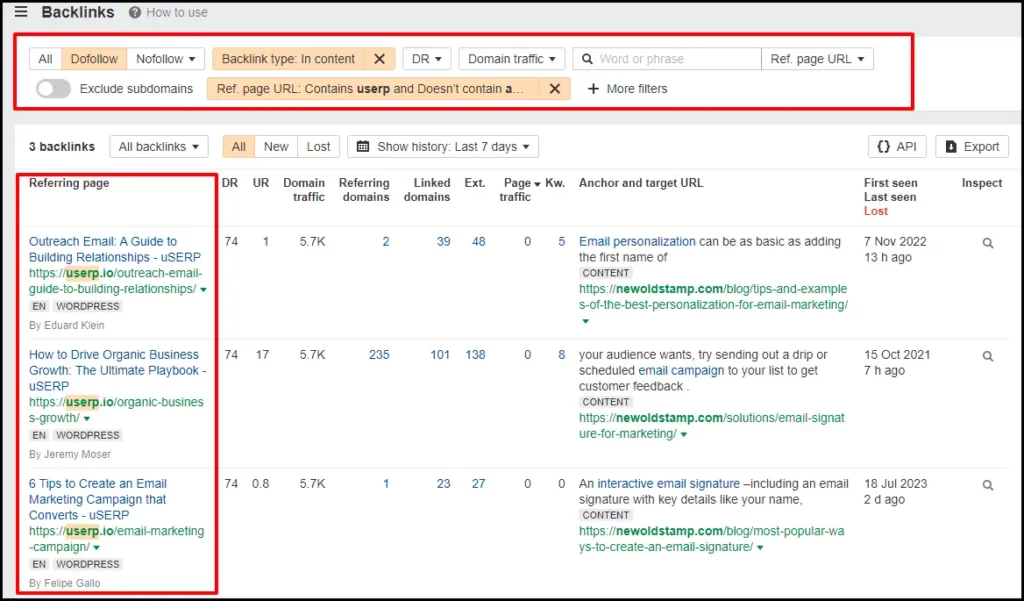
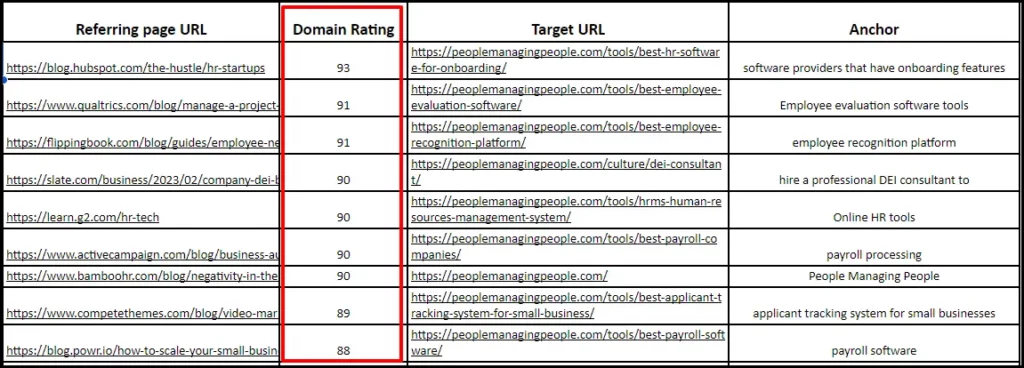


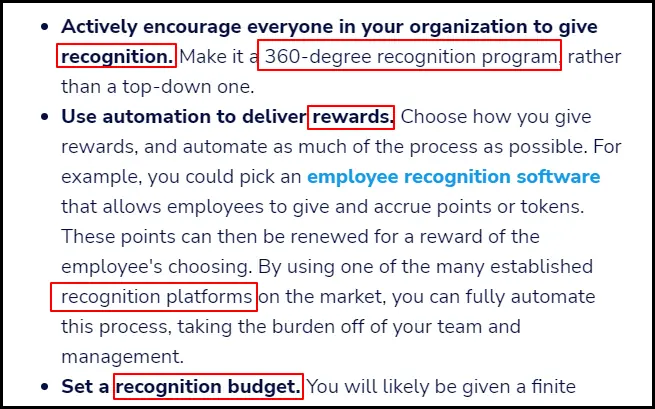

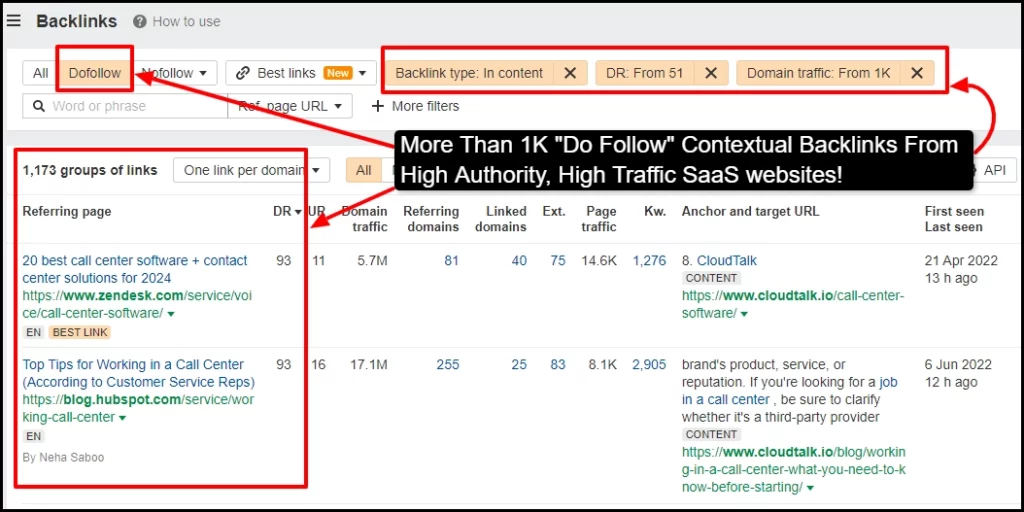
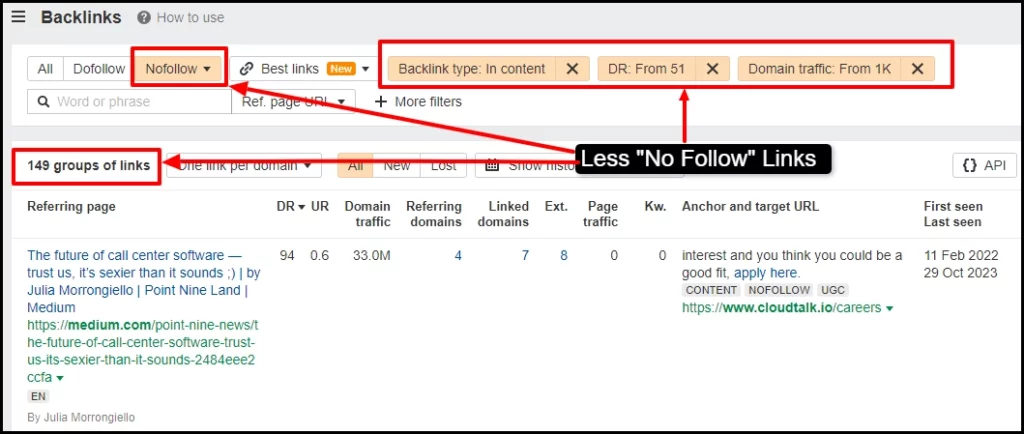
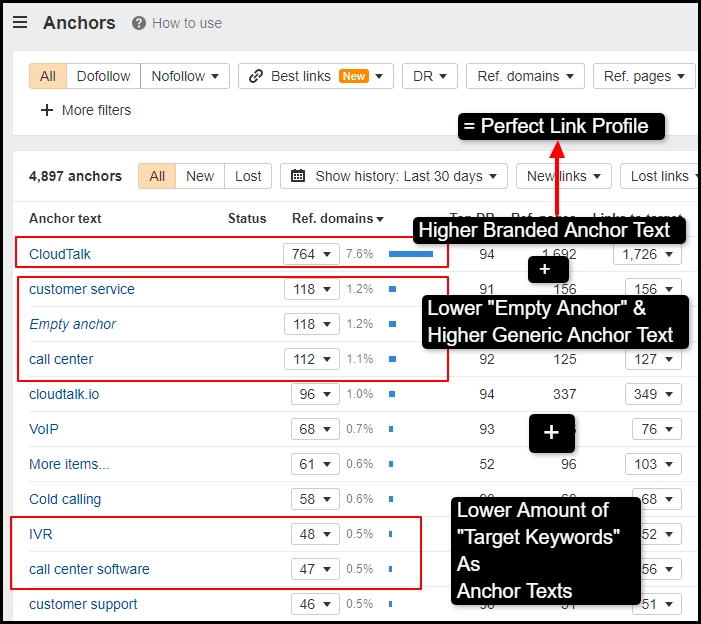




![Backlink Profile: Analysis + [2 Perfect Examples]](https://clickass.io/wp-content/uploads/2024/01/Examples-of-Perfect-Backlink-Profile3-1.webp)



